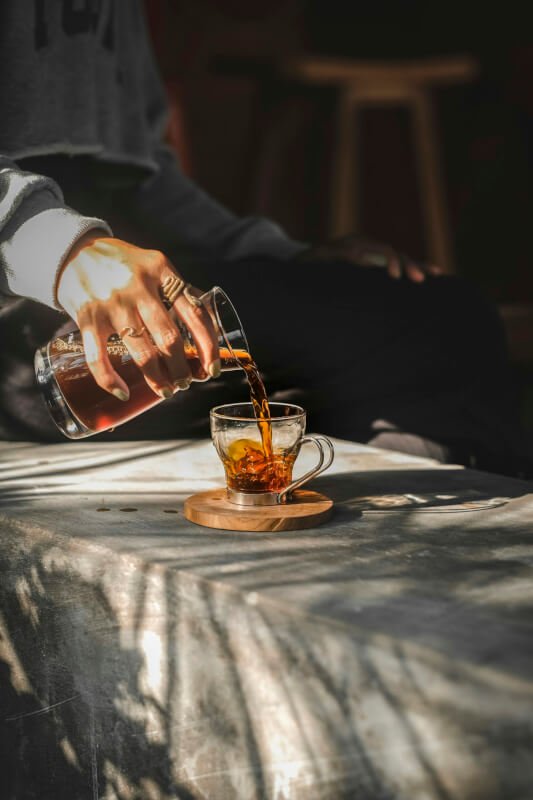Would you like to know the difference between brewing tea in small and large quantities? Whether you’re a tea enthusiast or just a casual tea drinker, understanding how the quantity of tea affects the brewing process can elevate your tea experience. In this article, we will explore the nuances of brewing tea in small and large quantities, including how it impacts the taste, aroma, and overall tea-drinking experience. Get ready to savor the art of tea brewing and discover which approach suits your preferences best.
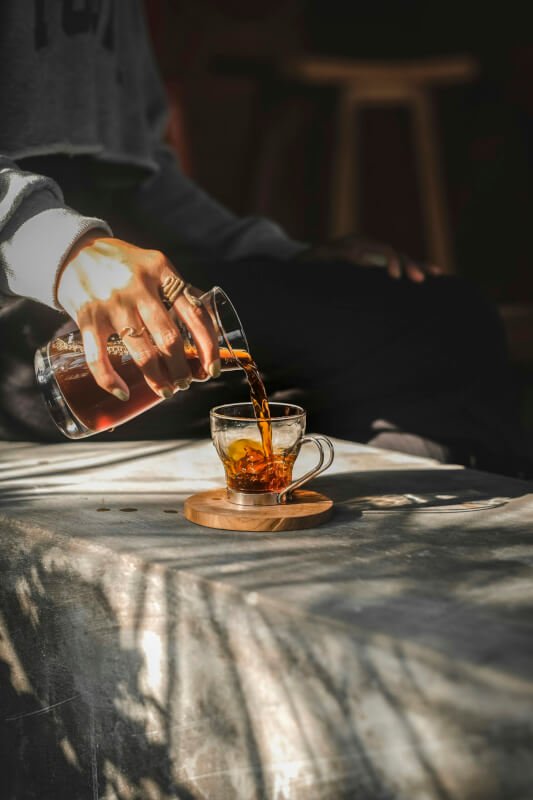
Equipment Needed
To brew tea, you will need a few essential equipment items. First, a tea kettle is necessary to heat the water to the desired temperature. Next, a teapot will be needed to steep the tea leaves and allow the flavors to infuse. An infuser or strainer is also essential to separate the tea leaves from the brewed tea. Measuring spoons are useful for accurately measuring the right amount of tea leaves. Finally, make sure you have tea cups or mugs ready to serve your deliciously brewed tea.
Serving Size
The size of the serving you wish to brew will determine how to go about the brewing process. If you are only making tea for yourself or a few friends, small quantities or individual servings are the way to go. On the other hand, if you are hosting a larger gathering or simply want to have enough tea for future consumption, brewing in large quantities or group servings is more convenient.
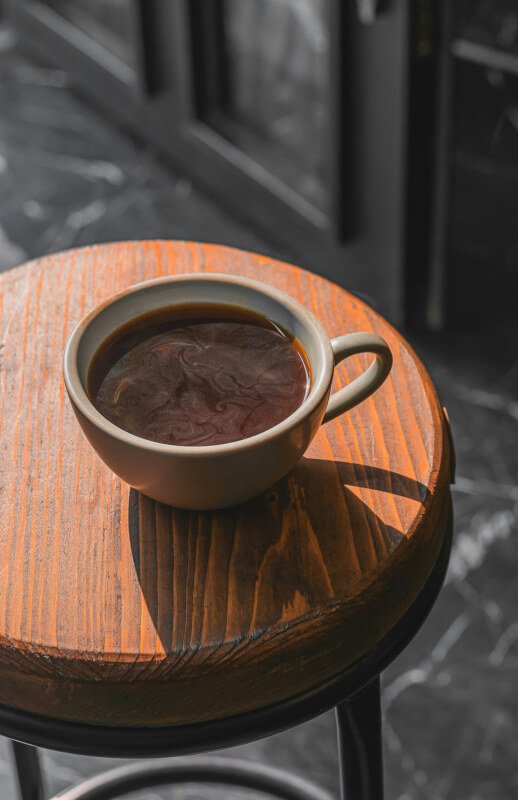
Benefits of Brewing Small Quantities
Brewing tea in small quantities offers several benefits. One of the main advantages is the enhanced flavor you can achieve. When brewing tea in small amounts, the flavors are concentrated, resulting in a more robust and flavorful cup of tea. Additionally, brewing small quantities ensures a fresher taste as you only steep what you need at that moment. This helps maintain the tea’s aroma and ensures it doesn’t lose its freshness due to prolonged storage. Lastly, brewing small quantities allows for customization of the strength and flavor profile. You have the flexibility to adjust the amount of tea leaves and steeping time to cater to your personal preferences.
Benefits of Brewing Large Quantities
There are also advantages to brewing tea in large quantities. One of the main benefits is the convenience it provides, especially when hosting larger gatherings. Brewing a large pot of tea ensures that everyone gets their desired cup without the need for constant preparation. It saves time and effort as you don’t have to repeatedly brew different batches. Additionally, brewing tea in large quantities allows for easier storage and future use. You can refrigerate the leftover tea and enjoy it cold or reheat it when desired, making it a convenient option for those who enjoy tea throughout the day.
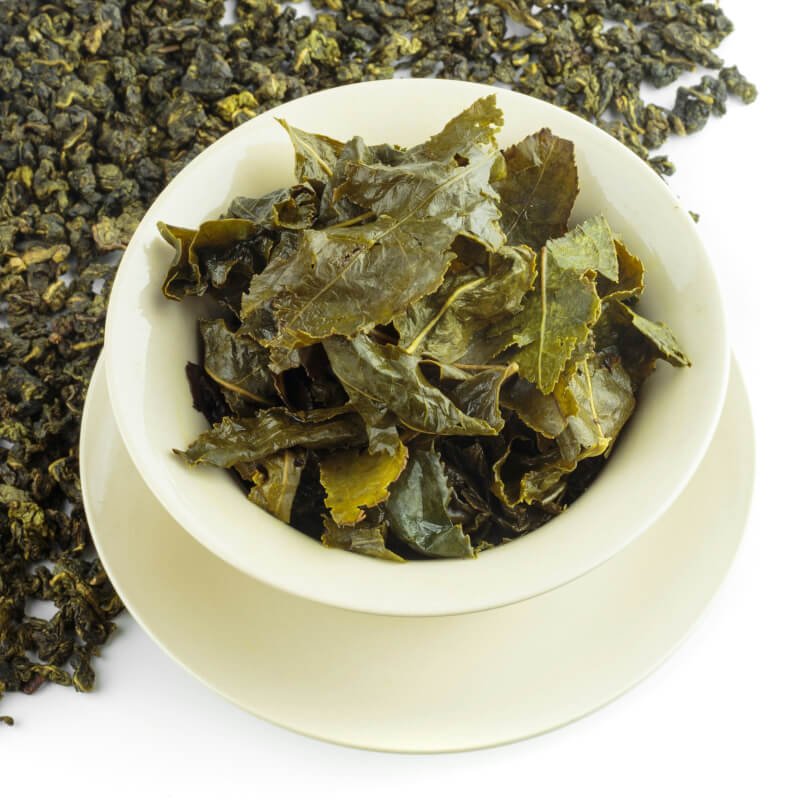
Steeping Time
The steeping time of your tea depends on the quantity you are brewing. When brewing small quantities, the steeping time is typically shorter. This shorter steeping time prevents the tea from becoming over-extracted and overly strong. On the other hand, when brewing large quantities, a longer steeping time is often required. This allows the flavors to infuse thoroughly into the larger volume of water, ensuring a well-rounded and flavorful brew.
Water-to-Tea Ratio
The water-to-tea ratio should also be adjusted based on the quantity you are brewing. When brewing small quantities, a higher tea-to-water ratio is typically preferred. This means using a relatively larger amount of tea leaves compared to the amount of water used. This higher concentration of tea leaves ensures a stronger and more flavorful cup of tea. Conversely, when brewing large quantities, a lower tea-to-water ratio is often used. This balances out the flavors and prevents the tea from becoming too strong or overpowering.
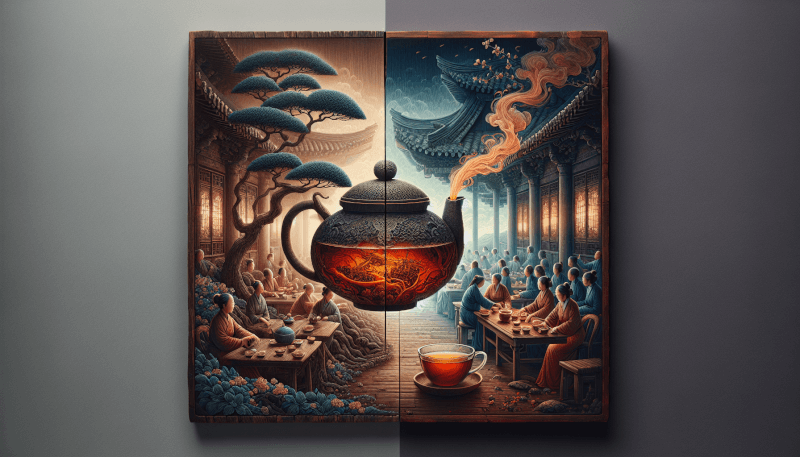
Infusion Techniques for Small Quantities
If you are brewing tea in small quantities, there are a few infusion techniques you can use. One common method is to use an infuser or strainer directly in the tea cup. This allows you to steep the tea leaves directly in the cup without the need for a separate teapot. Another option is to use a teapot with an infuser. This setup allows you to steep the tea leaves in a separate container and then pour the brewed tea into individual cups.
Infusion Techniques for Large Quantities
Brewing tea in large quantities requires slightly different infusion techniques. A larger teapot with an infuser is ideal for steeping a substantial amount of tea leaves. This allows for efficient and even extraction of flavors. Alternatively, if you don’t have a large teapot, you can also brew the tea in a large heat-resistant container. This provides enough space for the tea leaves to expand and release their flavors, resulting in a well-brewed tea.
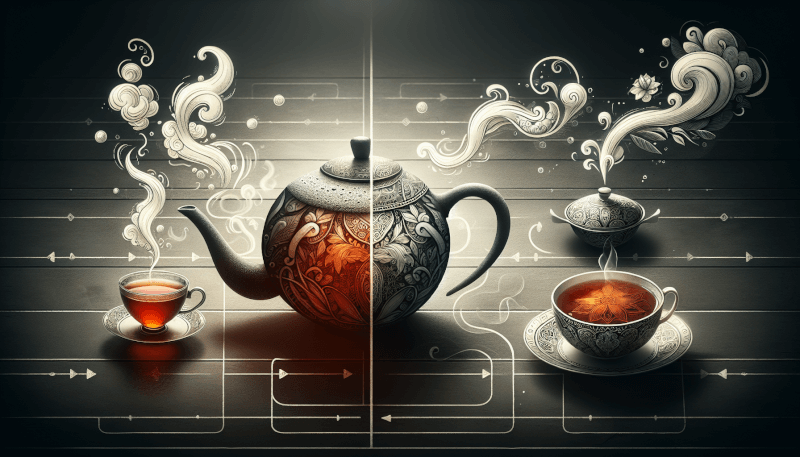
Different Tea Varieties
Tea comes in various types, each with its unique flavors and characteristics. Some common tea varieties include oolong tea, green tea, black tea, and herbal tea. Oolong tea offers a complex flavor profile with notes ranging from floral to fruity. Green tea is known for its fresh and grassy taste and is hailed for its numerous health benefits. Black tea has a bold and robust flavor, making it a popular choice for those who enjoy a stronger cup of tea. Herbal tea, on the other hand, refers to infusions made from herbs, flowers, or fruits, offering a wide range of flavors without containing any actual tea leaves.
Tips for a Successful Brew
To ensure a successful brew, consider these tips:
- Use high-quality loose tea leaves for the best results. The quality of tea leaves greatly influences the flavor and aroma of the brewed tea.
- Adjust the steeping time and temperature based on the type of tea you are brewing. Delicate teas like green tea require lower temperatures and shorter steeping times, while robust black teas can withstand hotter water and longer steeping times.
- Don’t be afraid to experiment with different ratios and infusion techniques. The fun of brewing tea lies in discovering your preferred strength and flavor profile. Try different combinations until you find the perfect cup of tea that suits your taste.
By following these equipment recommendations, serving size suggestions, and understanding the benefits and techniques for brewing both small and large quantities, you can elevate your tea brewing experience. Remember to choose the right tea variety, adjust steeping time and water-to-tea ratio accordingly, and enjoy the delightful flavors that tea has to offer. Cheers to a warm and comforting cup of tea!

